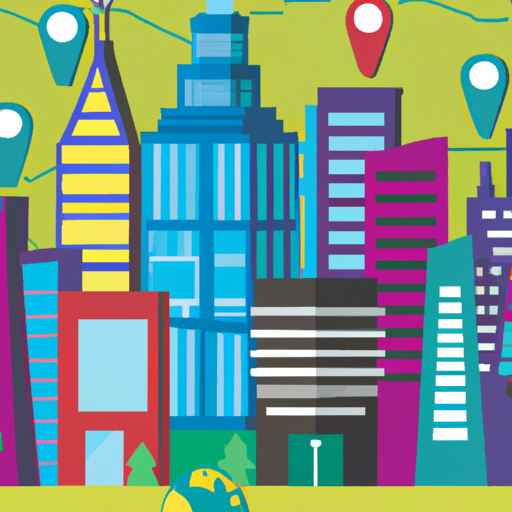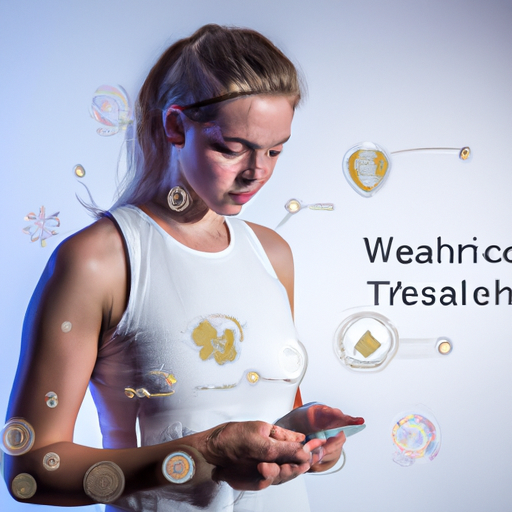As urban populations continue to grow, the demand for intelligent solutions to manage city resources is becoming more critical. Smart city infrastructure integrates advanced technologies and sustainable practices to enhance the quality of urban life and optimize city operations.
Key Components of Smart City Infrastructure
Smart city infrastructure encompasses a variety of elements, including:
- Internet of Things (IoT): The backbone of smart cities, IoT connects devices and enables real-time data collection for better decision-making.
- Sustainable Energy Solutions: Renewable energy sources, such as solar and wind, are essential for reducing carbon footprints and ensuring long-term sustainability.
- Smart Transportation Systems: Integrated public transport, smart traffic signals, and efficient routing apps help to minimize congestion and improve mobility.
- Reliable Connectivity: High-speed internet and wireless networks form the foundation for effective communication among devices and residents.
Importance of Sustainable Urban Development
Incorporating sustainability into smart city infrastructure plays a vital role in tackling climate change and enhancing residents’ quality of life. This approach to urban development includes implementing green spaces, waste management systems, and water conservation measures, aligning with global sustainability goals.
The Role of Technology in Smart Cities
Technological advances are accelerating the evolution of smart cities. From big data analytics driving urban planning decisions to the incorporation of artificial intelligence in traffic management, technology facilitates a more responsive and adaptable urban environment.
Global Examples of Smart City Initiatives
Several cities around the world are leading the way in smart city innovation:
- Barcelona, Spain: Renowned for its use of smart sensors and energy-efficient technologies in various city services.
- Singapore: Pioneering in developing a comprehensive smart transport system that minimizes wait times and enhances passenger experience.
- Copenhagen, Denmark: Focuses on integrated green technology solutions to achieve a carbon-neutral city by 2025.
Conclusion
The future of urban environments hinges on the successful implementation of smart city infrastructure. By embracing technology, sustainability, and innovation, cities can transform into efficient, livable spaces that meet the challenges of tomorrow.
Stay tuned for more updates on how cities are evolving towards smarter, more resilient infrastructures.




